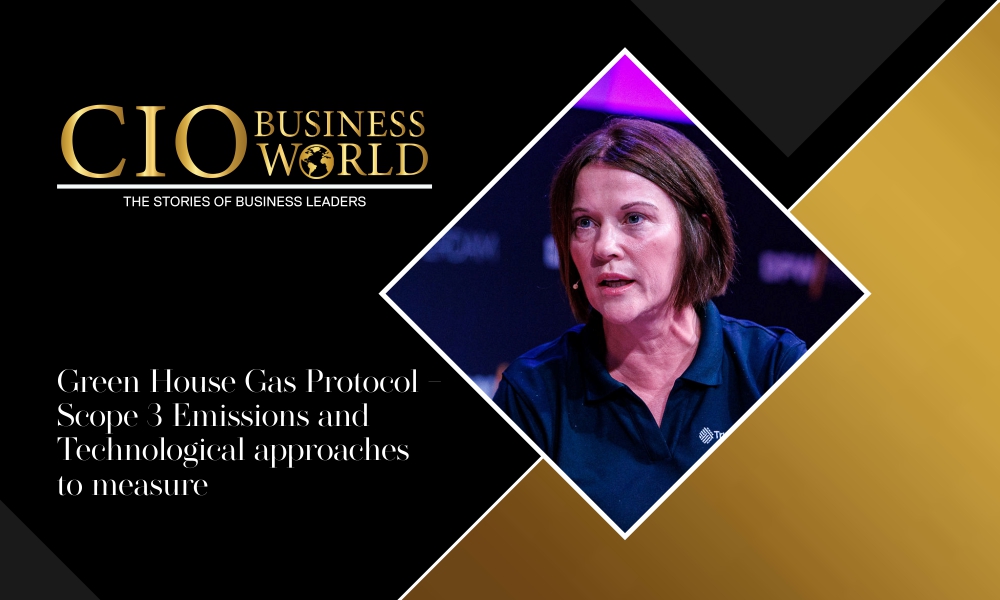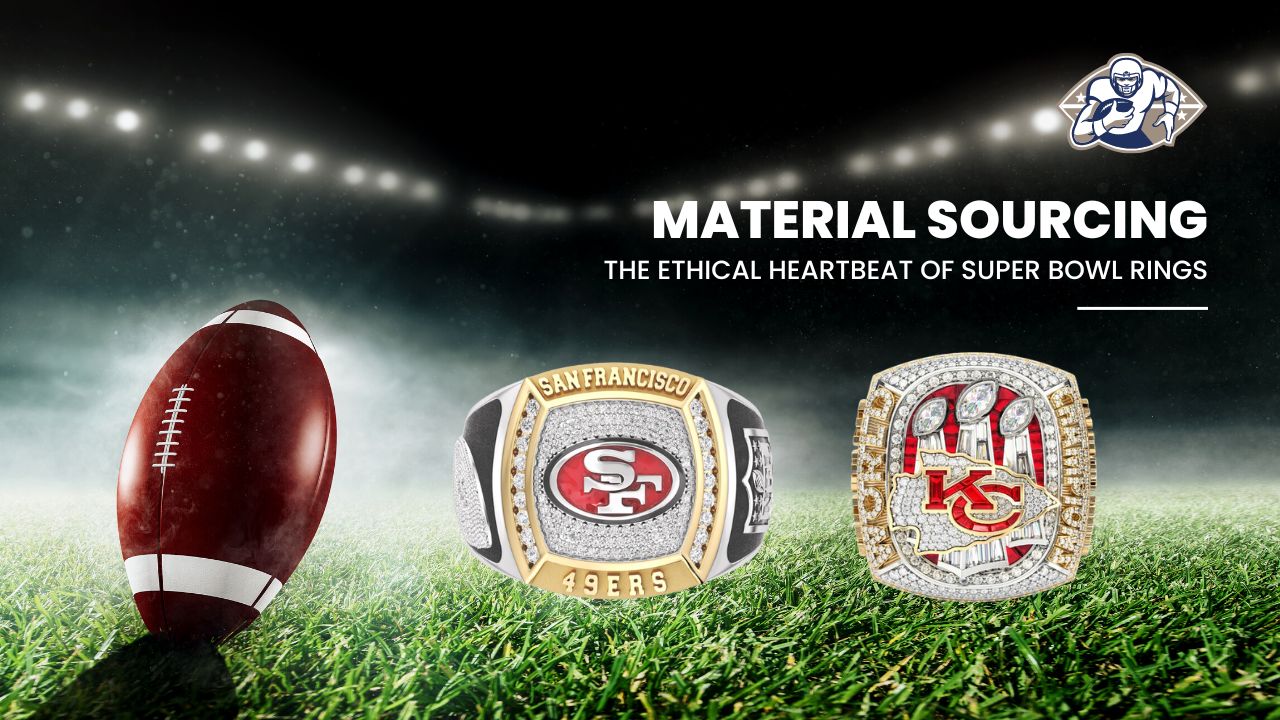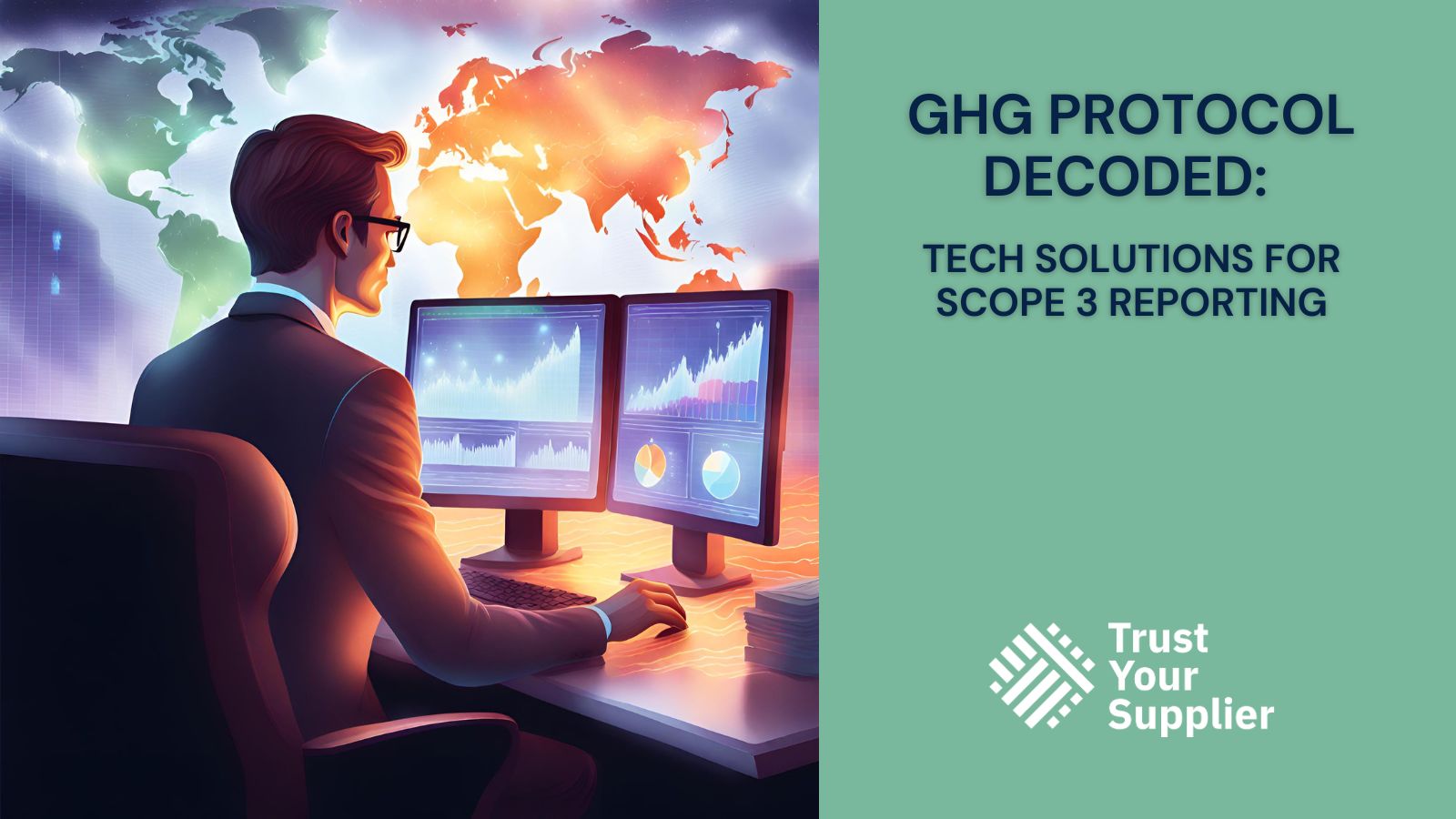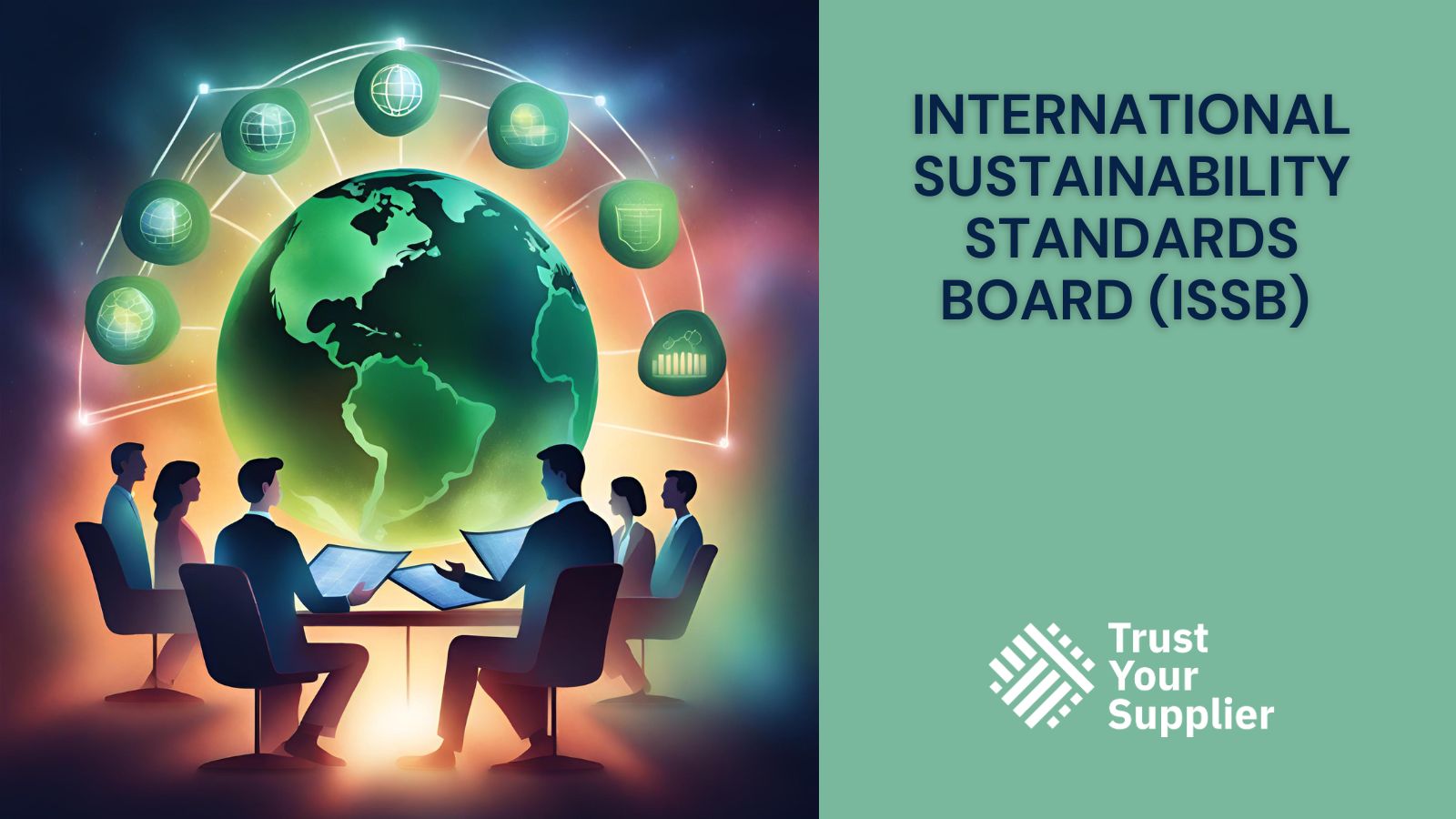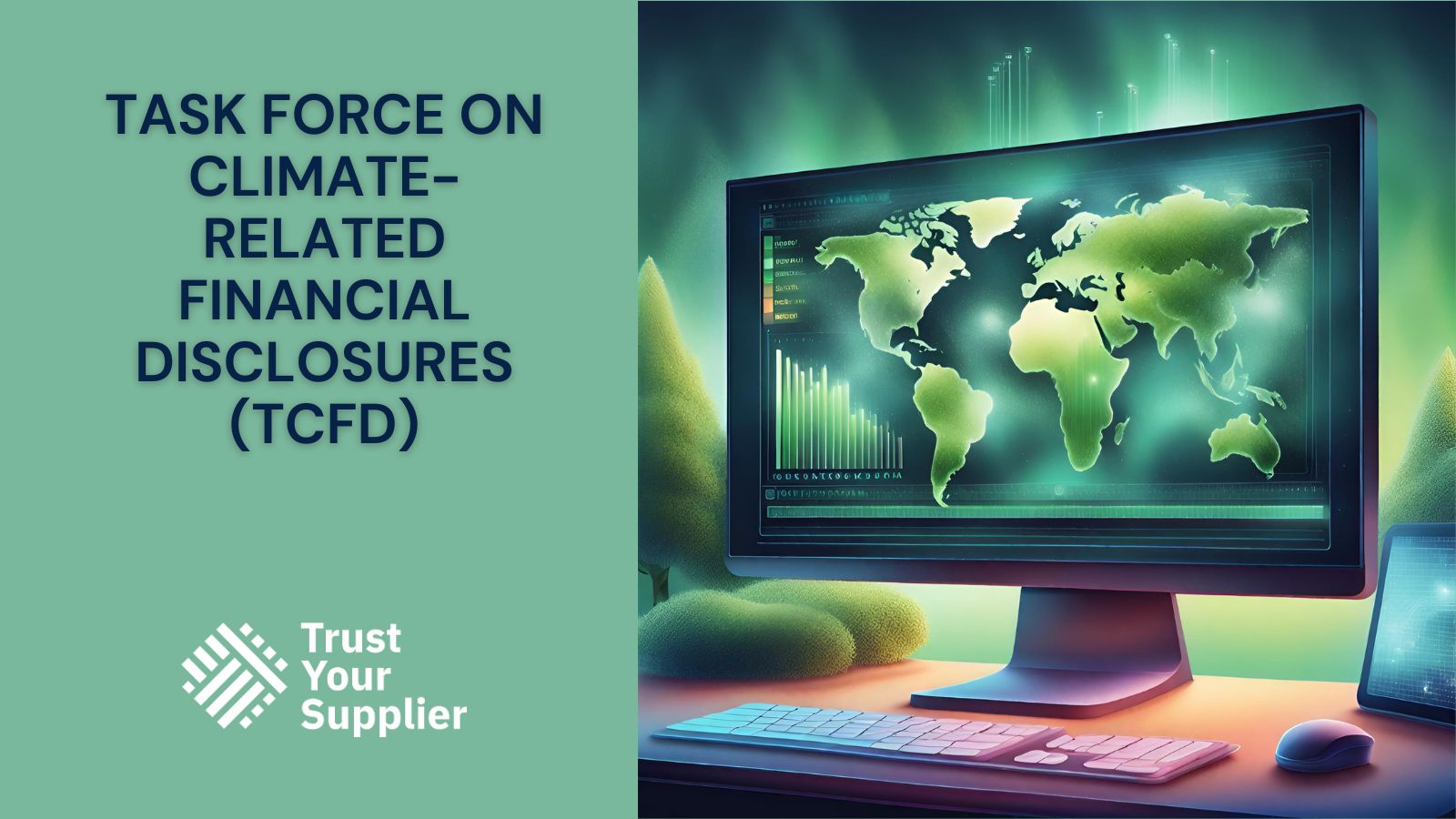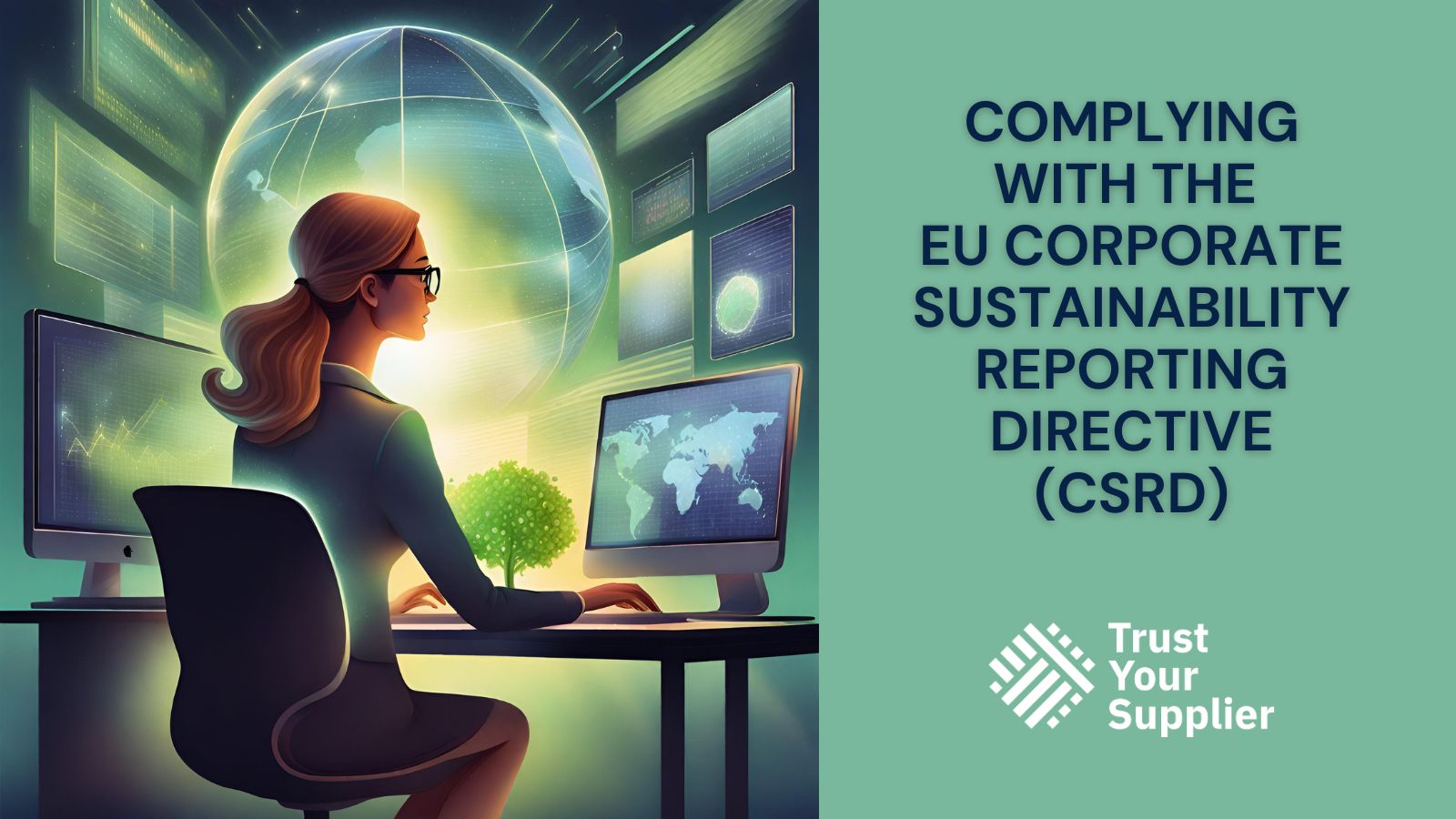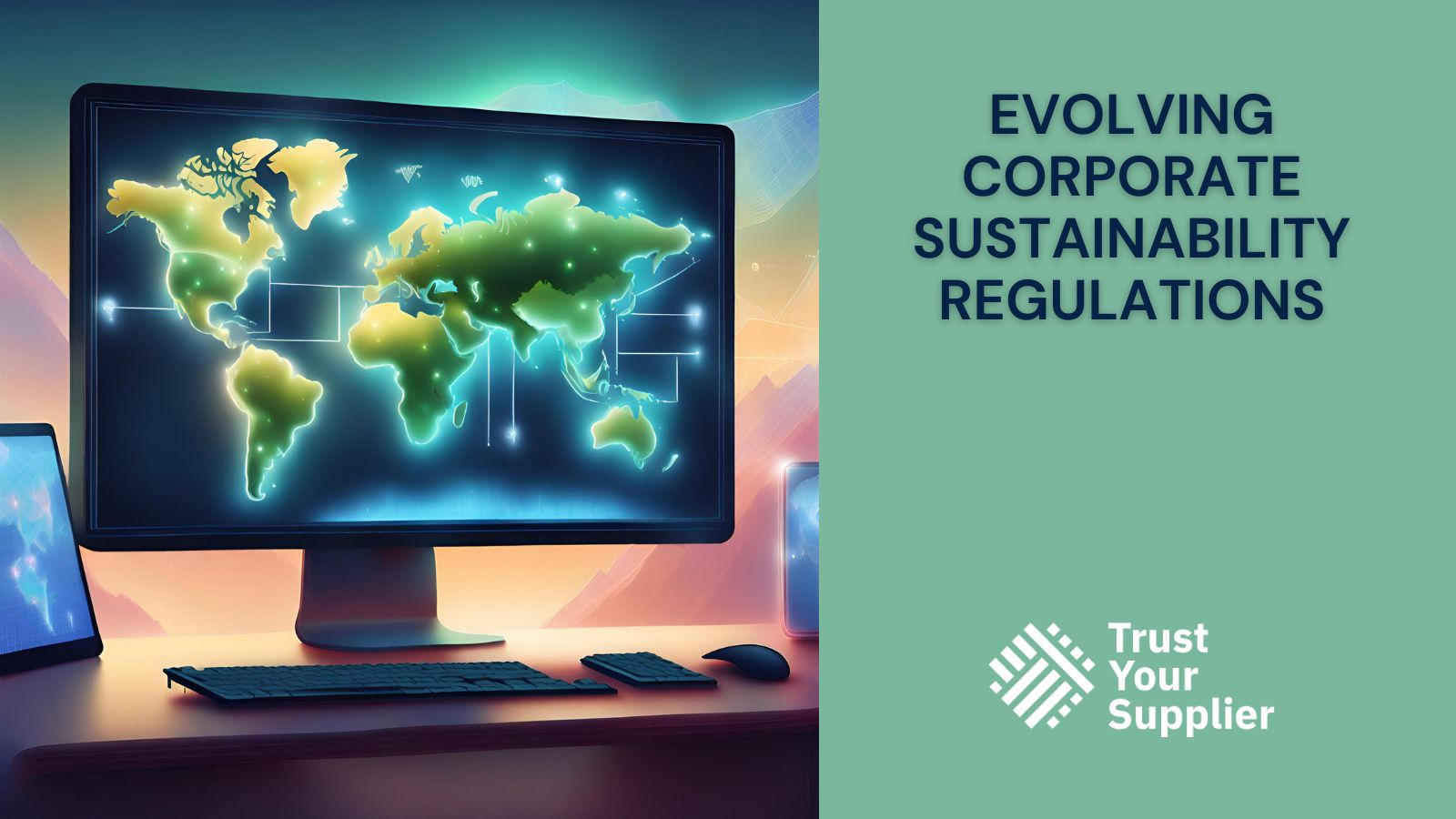by April Harrison, TYS Marketing Director
While the specific details of the sourcing practices for Super Bowl rings may not be publicly disclosed or standardized across all teams, in recent years, there has been a growing trend in various industries, including jewelry and luxury goods, towards ethical and responsible sourcing of materials.
Many organizations and consumers place increasing importance on sustainability, ethical mining, and fair labor practices. Various certifications, such as the Kimberley Process for diamonds, aim to prevent the trade of conflict diamonds. Additionally, some jewelry companies and manufacturers commit to using recycled metals and responsibly sourced gemstones.
Here’s what a Super Bowl ring creation process looks like when the journey truly begins with a commitment to ethical and responsible material sourcing.
1️⃣ Gold and Platinum Elegance: The materials at the core of these coveted rings are often gold and platinum. The quest for perfection starts with the careful selection of these precious metals. Responsible mining practices and the traceability of the metal’s origin are paramount. This ensures that the journey from the earth to the ring is marked by environmental sensitivity and ethical labor practices.
2️⃣ Diamonds and Gemstones with a Conscience: Adding sparkle to the equation, diamonds and gemstones are chosen with meticulous attention. The focus extends beyond their brilliance to the ethical mining and sourcing of these gems. Conflict-free diamonds, adhering to the Kimberley Process, and responsibly sourced gemstones underscore the commitment to a supply chain free from ethical concerns.
3️⃣ Sustainable Practices: The commitment to sustainability doesn’t end with responsible sourcing. Efforts are made to reduce the environmental footprint throughout the production process. From using recycled metals to implementing energy-efficient manufacturing techniques, the goal is to create a tangible symbol of victory without compromising the planet’s well-being.
4️⃣ Community Impact: Beyond environmental considerations, ethical material sourcing extends to the impact on local communities. Partnerships with communities near mining sites contribute to social development initiatives, ensuring that the journey of creating these rings leaves a positive footprint on the lives of those involved.
5️⃣ Transparency and Certification: To instill confidence in the authenticity and ethical standards of the materials, Super Bowl rings often come with certifications. These certifications not only vouch for quality but also affirm the commitment to responsible and ethical practices, allowing wearers to proudly showcase their rings with a clear conscience.
To determine the exact ethical sourcing practices of Super Bowl rings, you would need to check with the specific teams, manufacturers, or organizations involved in their creation. For any organization, becoming more transparent about their supply chain shows commitment to ethical and sustainable practices. To amplify the impact, collaboration with emerging technology providers like Trust Your Supplier, equipped with compliance and risk management features, ensures a supply chain in harmony with regulatory requirements and industry benchmarks.
When responsibly sourced, these Super Bowl rings become more than mere symbols of victory; they transform into emblems of ethical origins and meaningful community contributions, resonating far beyond the boundaries of the football field. 🏈💎🌍
#EthicalSourcing #SuperBowl #SustainableSourcing #ethicalmining #fairlabor #ConflictFreeDiamonds #KimberleyProcess #Compliance #SupplyChain

